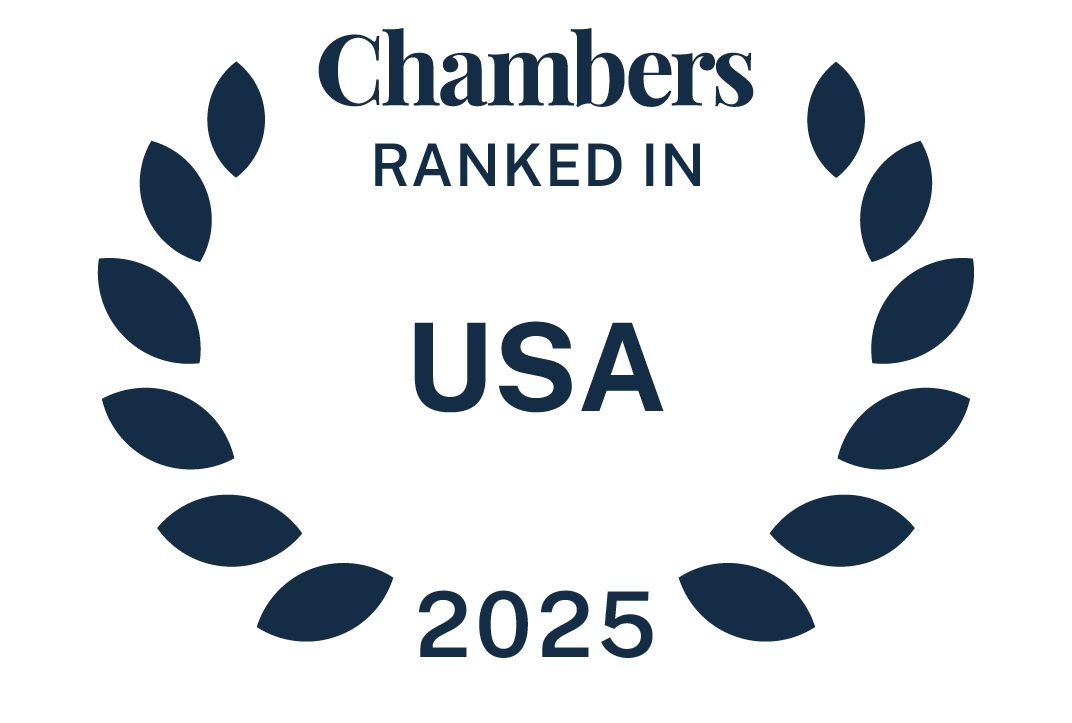The US Federal Trade Commission today announced increased thresholds for the Hart-Scott-Rodino Antitrust Improvements Act of 1976 and for determining whether parties trigger the prohibition against interlocking directors under Section 8 of the Clayton Act.
Notification Threshold Adjustments
The US Federal Trade Commission (FTC) announced revised thresholds for the Hart-Scott-Rodino Antitrust Improvements Act of 1976 (HSR) pre-merger notifications on January 28, 2020. These increased thresholds will become effective on February 27, 2020. These new thresholds apply to any transaction that closes on or after the effective date.
- The base filing threshold, which frequently determines whether a transaction requires filing of an HSR notification, will increase to $94 million.
- The alternative statutory size-of-transaction test, which captures all transactions valued above a certain size (even if the “size-of-person” threshold is not met), will be adjusted to $376 million.
- The statutory size-of-person thresholds will increase slightly to $18.8 million and $188 million.
The adjustments will affect parties contemplating HSR notifications in various ways. Transactions that meet the current “size-of-transaction” threshold, but will not meet the adjusted $94 million threshold, will only need to be filed if they will close before the new thresholds take effect on February 27, 2020.
Parties may also realize a benefit of lower notification filing fees for certain transactions. Under the rules, the acquiring person must pay a filing fee, although the parties may allocate that fee amongst themselves. Filing fees for HSR-reportable transactions will remain unchanged; however, the size of transactions subject to the filing fee tiers will shift upward as a result of the gross national product (GNP)-indexing adjustments:
| Filing Fee | Size-of-Transaction |
| $45,000 | $94 million, but less than $188 million |
| $125,000 | $188 million, but less than $940.1 million |
| $280,000 | $940.1 million or more |
Interlocking Directorate Thresholds Adjustment
The FTC also announced revised thresholds for interlocking directorates. The FTC revises these thresholds annually based on the change in the level of GNP. Section 8 of the Clayton Act prohibits a person from serving as a director or officer of two competing corporations if certain thresholds are met. Pursuant to the recently revised thresholds, Section 8 of the Clayton Act applies to corporations with more than $38,204,000 in capital, surplus and undivided profits, but it does not apply where either interlocked corporation has less than $3,820,400 in competitive sales. These thresholds became effective upon publication in the Federal Register on January 21, 2020.



